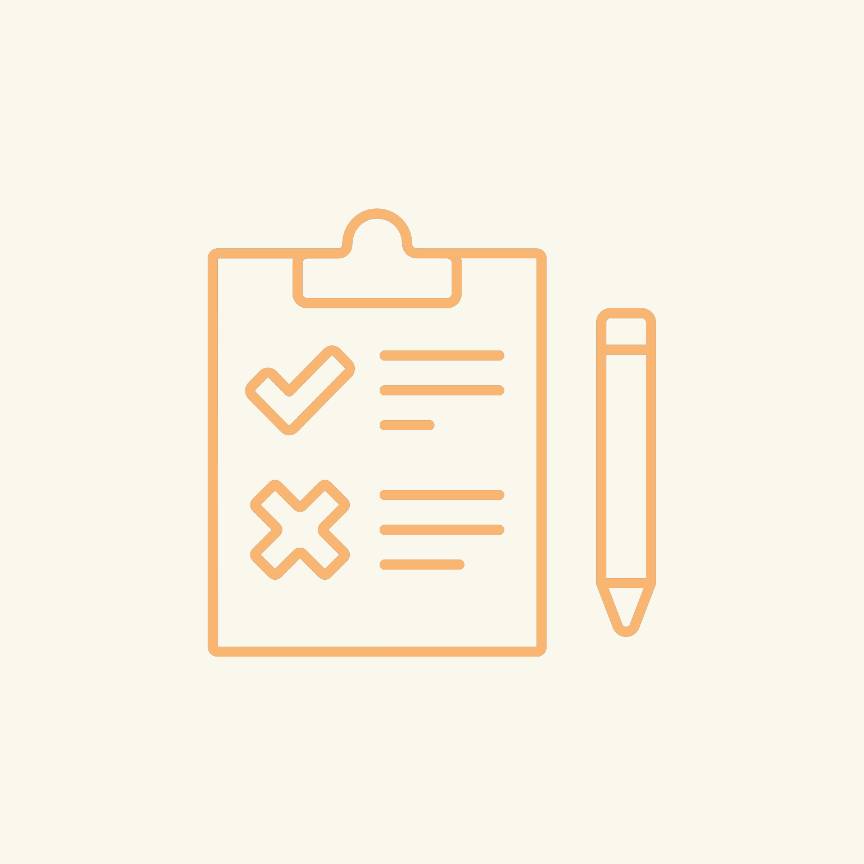20. Project Develompment
a summary and reflection...
Project Plan

What tasks have been completed?
- ✓ PCB processing
- ✓ PCB programming
- ✓ Elaboration of the touch sensor
- ✓ Structure cutting
- ✓ PCB programming
- ✓ Acrylic cutting
- ✓ Copper tape cutting
- ✓ Assembly of all components
… and everything was done!
What has worked? What hasn’t?

- The initial programming of the slaves created several complications. However, after making the necessary changes to the code, each Attiny was successfully programmed as a slave.
- The PCB design for the touch sensor was complicated by a lack of standard documentation. To solve this, an Arduino Uno was used as a prototype platform to determine the best integration of the necessary components.
- I then built the aforementioned circuit board but ran into issues while using libraries with the ESP32-C3. After completing an inquiry, I was able to remedy the issue by referring to the information provided on this website.
What questions need to be resolved?

- ➜ How did you make the neopixels light up when the part is colored on the base?
- ➜ How did you make everything fit together?
- ➜ How did you make sure the connections between the PCBs are correct?
- ➜ How did you make sure the object was safe for children?
What will happen when?

Once a piece has been positioned in the designated area of the base, it should illuminate in the corresponding color, with the light emanating from the figure itself.
What have you learned?
I think I learned a lot throughout the course. I learned what a PCB is, how to organize and systematize a project, and more.
Some of the most valuable lessons I learned include:
- ✎ Gaining an understanding of the ins and outs of electronics.
- ✎ I also developed the ability the ability to program in other languages.
- ✎ I also discovered how to operate various machines.
- ✎ I also learned how to use sensors to design customized systems.
- ✎ Gaining an understanding of the ins and outs of electronics.
- ✎ Project management and organization.
- ✎ Bringing all the parts together to create a prototype.
Some more personal learning:
- ✽ If the first time fails, don't give up.
- ✽ When it comes to electronics, patience is key.
- ✽ I also discovered how to operate various machines.
- ✽ Designers can also do engineering things.
- ✽ You can combine the organization of your personal and professional lives.
... and I chose to take the Fab Academy for a reason.
You can see more of my project by clicking here:
